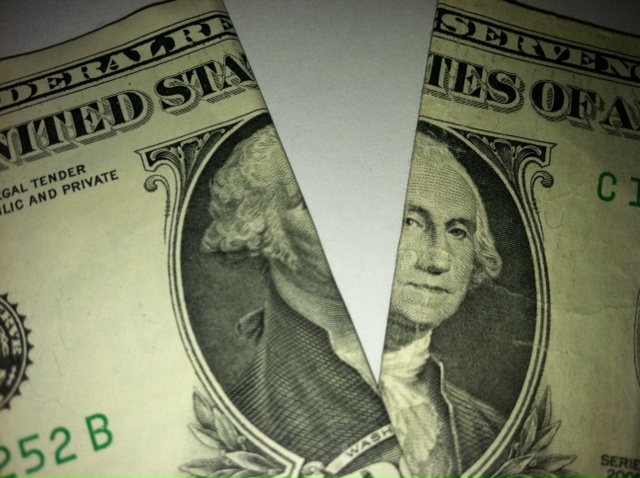Banking, finance, and taxes
Two Fed Presidents: Praise and Bash QE and Bond Buying
Published:
The Federal Reserve may have released its Beige Book on Wednesday showing no real risks to quantitative easing and to the $85 billion per month used for buying bonds. Despite three weak economic readings so far on Thursday, two different speeches from regional presidents of the Federal Reserve are taking different sides of the easy money from quantitative easing and bond buying.
Richmond Fed President Jeffrey Lacker gave an interview to CNBC on Thursday morning saying that the bond-buying efforts have not had much of an impact on the labor market. He thinks that the labor market is struggling due to wider challenges. As a reminder, Lacker was the lone monetary policy hawk throughout 2012, but he is not considered a voting member who gets to cast dissenting public views at each FOMC meeting due to term rotations.
Lacker went on to say that he favors slowing the rate of bond purchases immediately, and he is leaning toward a swift end to the program. He thinks that the continued buying will make a Fed exit that much trickier. One last note is that inflation is tame now, but Lacker is worried that inflation risks will rise once the Federal Reserve and Ben Bernanke get closer to their decision to end quantitative easing.
A second speech of caution may be taken out of context from headlines, but Minneapolis Federal Reserve Bank president Narayana Kocherlakota spoke at the Levy Institute in New York this morning. His take was that very low interest rates could persist for close to decade because the economic risks and economic instability will be with us for so long. His take is that the FOMC will have to maintain very low real interest rates to achieve its dual mandate of full employment and low inflation.
Where the Narayana Kocherlakota speech gets interesting is that he thinks this will be met with inflated asset prices, high asset return volatility and even with heightened merger activity. Be advised that Narayana Kocherlakota also is not a voting member of the FOMC, and he is considered dovish as a big supporter of quantitative easing. Kocherlakota even went on to say that he supports lowering the Fed’s unemployment target down to 5.5% rather than 6.5%.
You have to love it when two non-voting Fed presidents offer differing views. Lacker is as hawkish as a member of the Fed can be. Kocherlakota is on the other end of the spectrum.
Start by taking a quick retirement quiz from SmartAsset that will match you with up to 3 financial advisors that serve your area and beyond in 5 minutes, or less.
Each advisor has been vetted by SmartAsset and is held to a fiduciary standard to act in your best interests.
Here’s how it works:
1. Answer SmartAsset advisor match quiz
2. Review your pre-screened matches at your leisure. Check out the advisors’ profiles.
3. Speak with advisors at no cost to you. Have an introductory call on the phone or introduction in person and choose whom to work with in the future
Thank you for reading! Have some feedback for us?
Contact the 24/7 Wall St. editorial team.